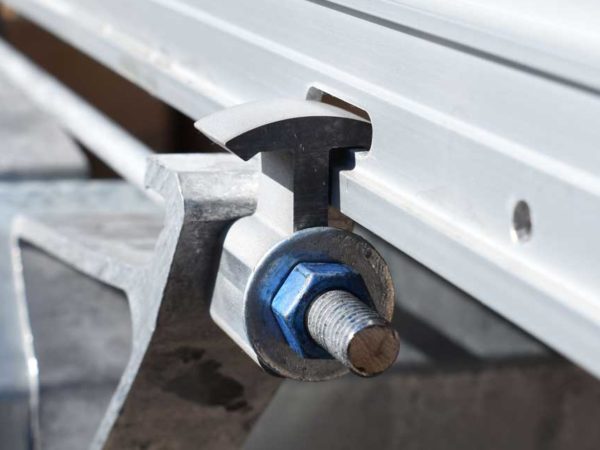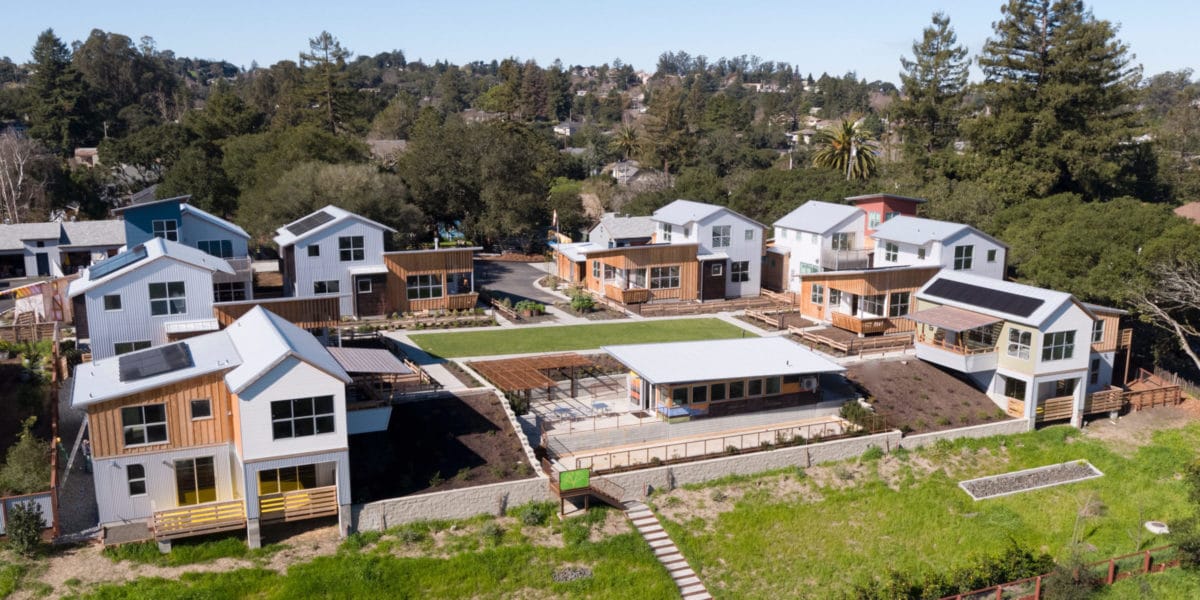pv magazine covered REC Group’s 60-cell Alpha Series heterojunction solar panel. Now that panel is coming to the 72-cell format. The product ranges from 430 to 450 watts and 20.4% to 21.3% efficiency. The company suggests that the 450 watt panel is the “world’s most powerful 72-cell solar panel,” though Trina has suggested it has a 500 watt solar module being manufactured. Degradation is listed at 0.25% per year with the 25-year output warranted at 92% of original efficiency. Source – REC Group

Array Technologies has improved upon its module clamping system, allowing First Solar to install a solar module every 11 seconds. “Three step installation process. Pre-assembled module clamp minimizes on-site assembly. Provides a reliable mounting system with integrated electrical bond. The patent pending single-bolt clamp offers no-slip octagonal torque tube clamping. Eliminates gaps between modules or protrusions above the module for simplified cleaning operations and maximum row density.” Source – Array Technologies (with a gif of the clamp in action)
DNV GL has launched its “Solar Resource Compass” which allows developers to project solar generation and compare to other projection tools. DNV GL says it commonly finds a 10% spread between various, highly respected, projection tools. “Solar Resource Compass accesses and compares irradiance data from multiple data providers and allows you to see how they compare for your project location. By default, Solar Resource Compass will access data from NREL (including the PSM satellite model and the nearest TM2/TM3 locations), Meteonorm and DNV GL’s SunSpot irradiance model.” Source – DNV GL
Research by the American Solar Grazing Association suggests savings of 36%-64% on the East Coast when using sheep for vegetation management versus traditional services. Concurrently, we’re trying to make our projects pollinator friendly. “The Fuzz & Buzz seed mix was developed to address the unique nutritional needs of sheep, while providing a low-growing, easily maintained and sustainable vegetation solution for solar installations. The plant species chosen for the mix were vetted by experts at the Cornell University Sheep Program for their palatability to sheep.” Source – Ernst Pollinator Service
It makes sense that at some point Tesla would begin to makes it own battery cells, especially with its heavy investment in research. “Tesla’s cell manufacturing engineering group is looking for a highly-motivated equipment development engineer to accelerate our next-generation battery cell manufacturing program. This role will be involved in the design, development, commissioning and ramping of high-throughput equipment, while working in a cross-functional team to test, validate, and roll-out process and product design changes.” Since Tesla has relationships with other battery manufacturers in China, it might be possible that they have the legal right to make their own cells in the U.S., separate from their Panasonic relationship. Source – Electrek
PV InfoLink sees mostly flat module pricing, but a bit of upward pressure on multi-silicon products. In the following tweet, the site projects that later in March there will be upward module pressure. MonoPERC cells showed significant downward pricing. This might represent earlier stages of the supply chain in place, but later stages not ready to buy. It could mean Taiwanese manufacturers don’t have an outlet for their product in mainland China.
https://twitter.com/PvInfolink/status/1232619224318636036
This content is protected by copyright and may not be reused. If you want to cooperate with us and would like to reuse some of our content, please contact: editors@pv-magazine.com.








By submitting this form you agree to pv magazine using your data for the purposes of publishing your comment.
Your personal data will only be disclosed or otherwise transmitted to third parties for the purposes of spam filtering or if this is necessary for technical maintenance of the website. Any other transfer to third parties will not take place unless this is justified on the basis of applicable data protection regulations or if pv magazine is legally obliged to do so.
You may revoke this consent at any time with effect for the future, in which case your personal data will be deleted immediately. Otherwise, your data will be deleted if pv magazine has processed your request or the purpose of data storage is fulfilled.
Further information on data privacy can be found in our Data Protection Policy.